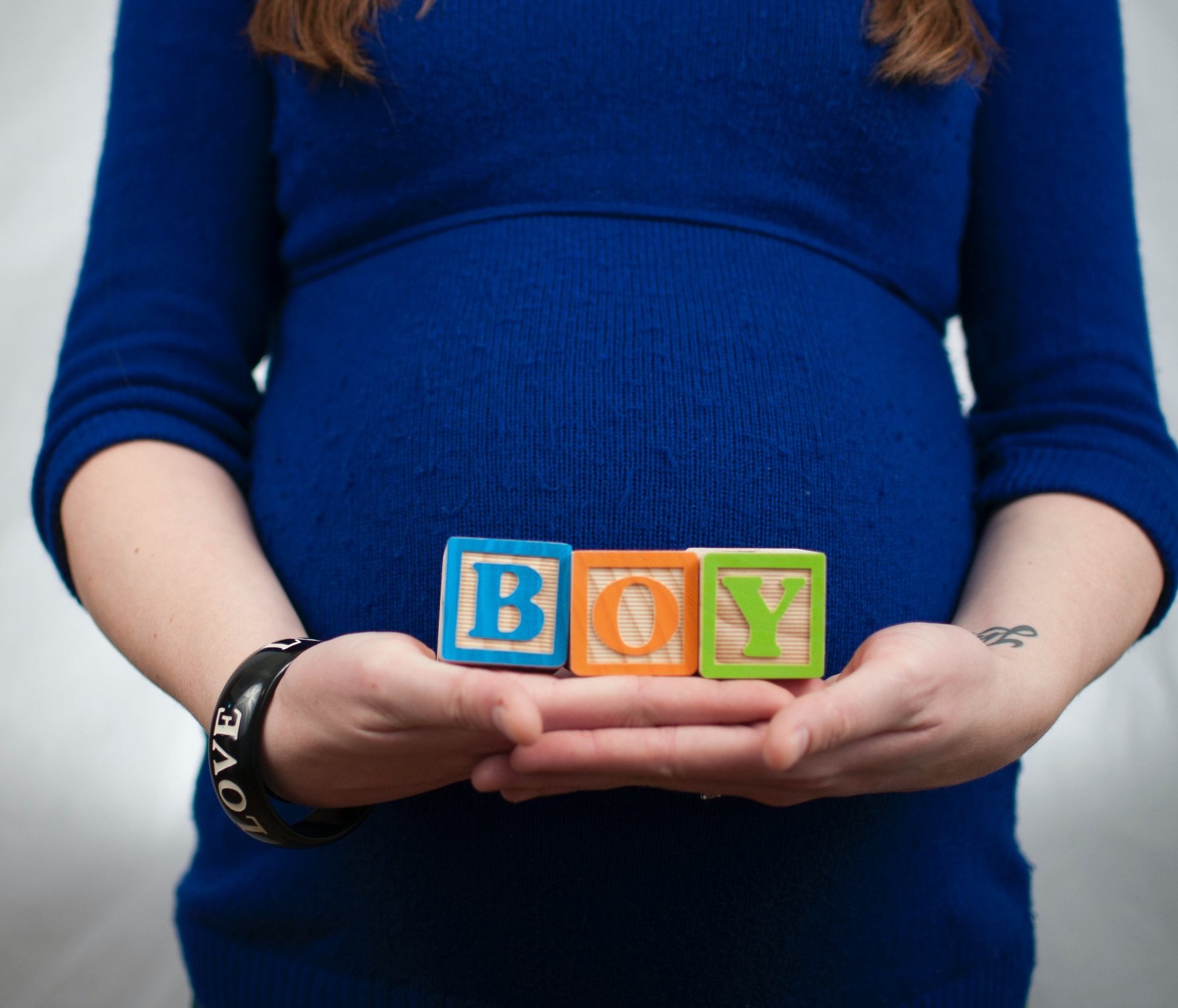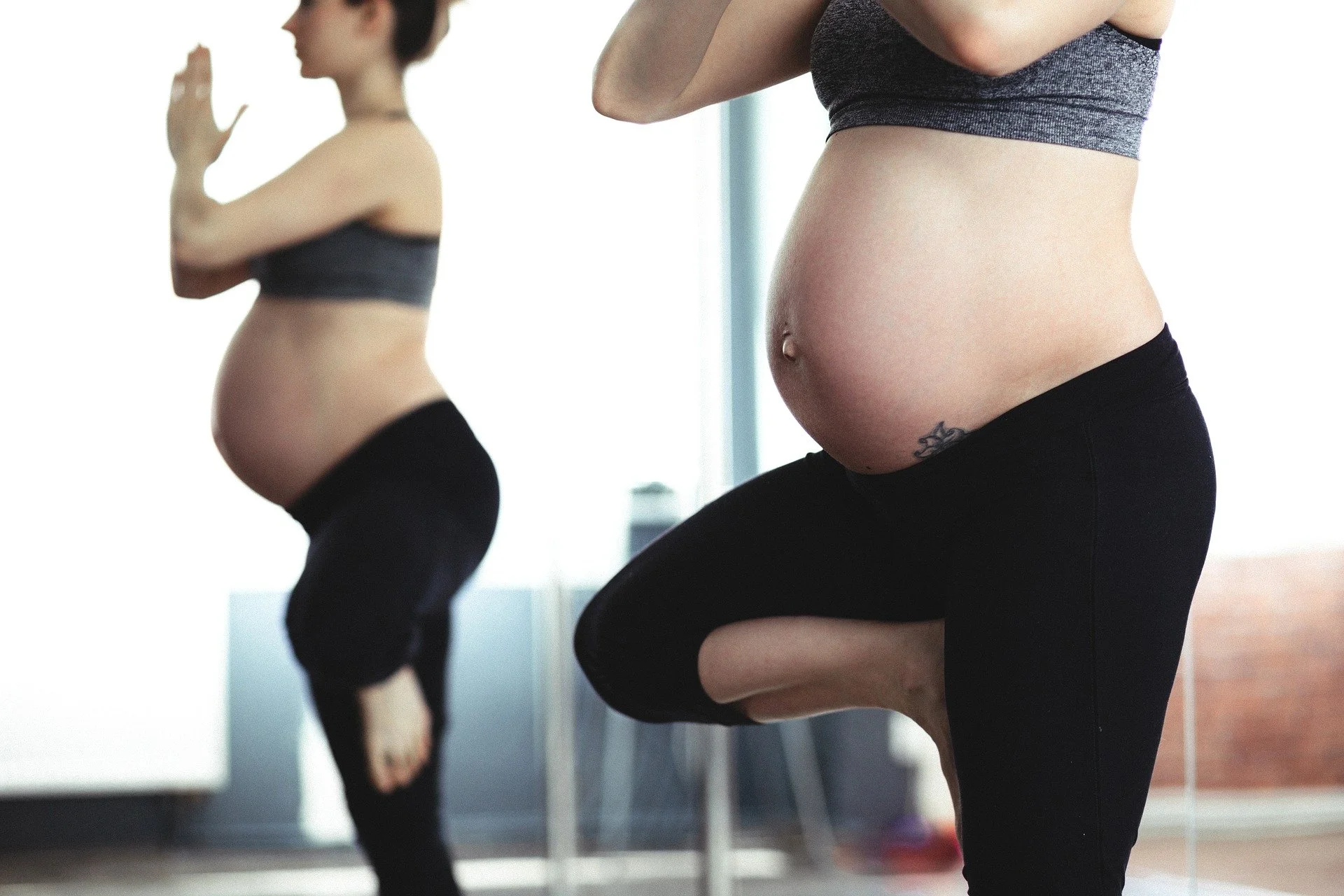Ever heard of the tale of a pregnant woman who wore a necklace, and caused the umbilical cord to wrap around her unborn baby’s neck? Or the belief that taking a picture of a pregnant woman will cause long and hard times in the delivery room?
How about placing “asin” and “bawang” near the window to protect against the aswang?
Tales and beliefs around pregnancy are plenty, and in this post, we put these beliefs under a microscope and see if they hold water.
Myth #1: You can’t get pregnant if...
Okay for this first one, we talk about the dangerous misconceptions about pregnancy prevention. And there’s a lot.
For example, many women, particularly young girls, believe that they won’t get pregnant if they take paracetamol before or after intercourse, ascribing purpose for the drug than its makers originally intended.
But paracetamol has no established effect as a contraceptive and believing it to be lulls couples into a false sense of security. Yes, there are some studies about paracetamol and pregnancy, but these are about already pregnant women. (And this is often a recurring feature of many pregnancy misconceptions: A kernel of truth or some anecdotal evidence is overgeneralized or taken as gospel.)
Other pregnancy prevention myths include:
Washing after sex prevents pregnancy.
Commercial disinfectants can kill the sperm inside.
Extended breastfeeding is effective pregnancy prevention.
Jumping up and down after sex prevents babies.
Certain sex position prevents conception.
The truth is, even proven contraceptives are not 100% effective. The only surefire way to prevent pregnancy is to avoid intercourse.
Myth #2: If..., then it’s a BOY or a GIRL.
Couples and the loving friends and family around them are always excited to know the gender of the baby. Will it be a boy or a girl? Over time, there developed telltale signs that are believed to predict the sex of the child.
For example, if the woman has dark spots on her body, like the neck, armpits, and groin, then the child will be a boy. On the other hand, if the mother is “glowing” and beautiful during her pregnancy, then it’s a girl.
Other gender myths include:
If you’re carrying high...then it’s a boy.
If the heartbeat is fast...then it’s a girl.
If your tummy is round...then it’s a girl.
In reality, there’s no connection between any of these signs and the gender of the child. They may seem to work, at least some of the time, but only because there are only two outcomes (a boy or a girl). So it makes sense that the prediction be true some of the time.
The only way to be sure is to do a gender reveal party and pop the balloon or slice the cake...after going to the doctor and doing an ultrasound, of course.
Myth #3: If you eat this...your baby will look like this…
“Paglilihi” is real.
Mothers, in the rollercoaster ride that is their hormones, plus a heightened sense of taste and smell, often experience food cravings. It is not uncommon to see hubbies, in the middle of the night, braving the streets, looking for wifey’s balut, chicharon, or mangga.
(Every so often, the mommies-to-be have some weird food cravings that are truly unique, like pickles on cheese, eggplant on chocolate, or even hot sauce on toothpaste.)
A different class of pregnant myths covers food, and how eating certain types will affect the child’s appearance. For example, some folks believe that eating twin bananas will increase the chances of having twins. Or craving chocolate or dinuguan will cause the baby to have a darker complexion as if the child will take on the physical characteristics of the food the mother is craving. Like if she suddenly has a hankering for ginger or luya, this might cause the child to have extra fingers (just like the branching features of ginger).
There was even a “Kapuso Mo Jessica Soho” segment a few months back that featured a young girl with pincer-like hands, who blew up on TikTok. Her father shared that when she was still in the belly, he fed his wife crabs, which they believed caused the condition.
Paglilihi doesn’t just cover food, but practically anything a pregnant women can suddenly have fondness for. So we hear of cases where babies are “pinaglihi sa aso,” “pinaglihi sa unggoy,” “pinaglihi sa manika,” or “pinaglihi sa duwende.”
“Paglilihi” might be real, (in terms of craving food, or suddenly having a fondness for something), but its connection to the baby’s physical features is not. How the baby looks will depend on the inherited genes from the parents, which dictate the physical characteristics of the child. Physical deformities like the one suffered by the girl featured in KMJS (macrodactyly), have a perfectly scientific and medical explanation.
How about the babies whose mothers craved dinuguan and turned up with a dark complexion? There might be a “hindsight bias” at work, where explanations are given after the fact.
Believing in “paglilihi” also conveniently discounts those many more instances where a mother craved for something and it had no discernible impact on the child.
How about those babies whose moms craved dinuguan but came out fair?
Myth #4: Exercise and Sex are a NO-NO for pregnant mothers.
Sex during pregnancy can cause a miscarriage. True?
Not really. But instead of blanket permission on sex, we need a more nuanced answer for this one.
Sex is generally safe for the baby. He or she is protected by the uterine walls, as well as the amniotic sac fluid. As long as the mother is having a normal pregnancy, sex is generally safe.
There are however some instances when your doctor could ask you to temporarily forswear contact. In cases where a mother has unexplained bleeding, is leaking amniotic fluid, has placental issues, or has a history of preterm labor or premature birth, the doctor might advise the couple to avoid intercourse.
There are also times when sex is recommended. For overdue couples, sex might be recommended to induce labor. Prostaglandins, (found in semen), breast stimulation, and orgasm have been found to stimulate contractions and usher labor.
How about exercise?
Is it safe to engage in vigorous physical activities during pregnancy?
Just like in sex, a nuanced approach is needed.
Exercise is generally good for moms. It reduces backaches and body pains and promotes muscle tone, strength, and stamina. It checks on excessive weight gain, not to mention elevates the mood of mothers. Again, if mommy is having a normal pregnancy, then moderate-impact physical activity, a total of 2 1/2 hours per week, is welcomed.
However, when there are issues during pregnancy, like when the mother has a heart or lung condition, or high blood pressure, then exercise will likely be out of the picture. A history of preterm labor makes it a “risky” pregnancy and so bed rest might even be recommended.
Barring any medical issue, exercise is well and good. But consult your doctor before giving it a go.
These are just some of the myths we have about pregnancy. And yes, you have nothing to worry about. Pregnant mommies can look beautiful and wear necklaces and it won’t cause the umbilical cord to wrap around their baby’s neck. Taking pictures of pregnant mommies won’t result in hard times in the delivery room, so take as many selfies as you like. Click!
Bloodworks Lab is your one-stop shop for all your blood test needs. We offer a wide range of medical screenings and assessments, including APAS (Anti Phospholipid Antibody Syndrome) TEST. If you and your partner are struggling with infertility or have experienced multiple miscarriages, it might be time for an APAS TEST.
Book an appointment today.
Our branches are in Alabang, Katipunan, and Cebu.






